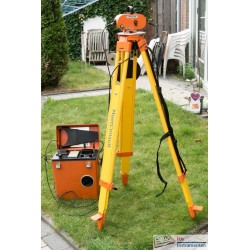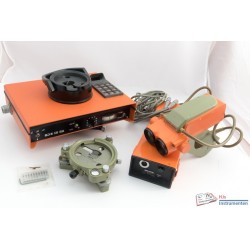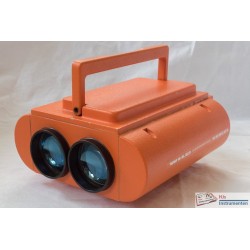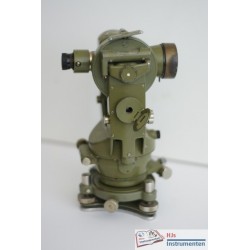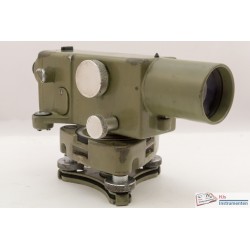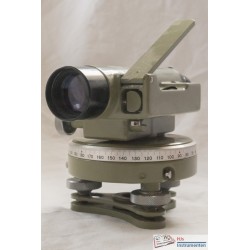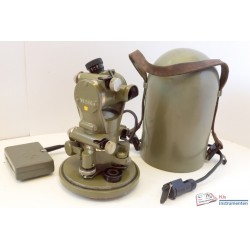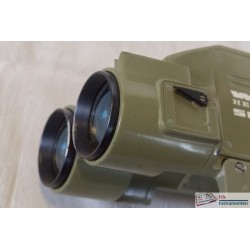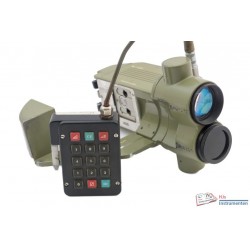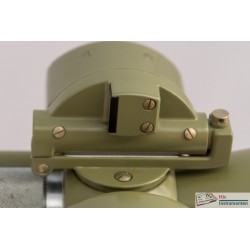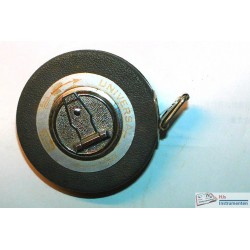Subcategories
-
Distance
Distance measurements can be performed using different methods.
- The simplest method is ofcourse the direct measurement using a tape, chain or staff. Of these a number are part of my collection.
- Next came the optical instruments, also known the stadimeter. The basic stadimeter uses a set of mirrors or prism to measure the distance provided that the length or height of an object is known. Multiple stadimeters from WWI and WWII are part of my collection as well as a plastic one from the 1960's. The fixed base stadimeter inverses the process placing the two mirrors a fixed distance from each other on a baseline of anywhere between a few decimetres up to metres.
- Last but not least are the Electronic Distance Measuring (EDM) deviced. All EDM's in my collection are from Wild Heerbrugg and can be mounted on a selection of theodlites from Wild Heerbrugg. Their accuracy is at the mm level where the most powerfull can cover a distance up to 20 km.
- Finally there is the micrometer, technically still a direct measurement but over very small distances. I have put these in a separate category to distinghuish them from the long(er) distance direct measurement devices.
-
Levels
A 'regular' height measurement is essentially a distance measurement but then vertically. For those instruments, please see 'Distance'. The instruments that measure height all meaasure a relative height using either a direct distance or a pressure difference. The latter type is the 'barometer' with a height indication.
The instruments that measure distance (height difference) are level instruments of which the carpenter level is the most well known at home. In my collection there are four types of levelling instruments:
- Hand levels where the leveling is done 'by hand' i.e. the device is held in the hand and levelled by tilting the hand
- Dumpy levels where the instrument is manually levelled using a tilting arrangement of the instrument relative to the base of the instrument whcih is fixed to a tripod
- Automatic levels where the instrument is automatically leveled when within a certain degree of the true level
- Fluid levels that use a fluid between two ends of the measuring device (usually through a hose) to indicate a height difference.
-
Other length
In this category all other 'distance measuring' devices fall. Currently they contain (or will contain):
- Altimeters using pressure to define height
- Echo sounders using sound waves to define depth
- Tide gauges that measure height differences using either pressure or by direct action of a float or similar

